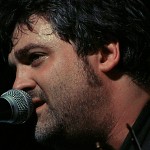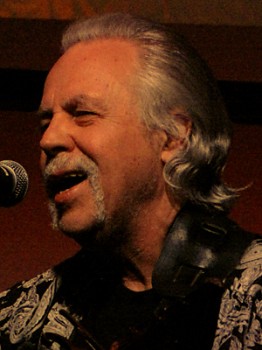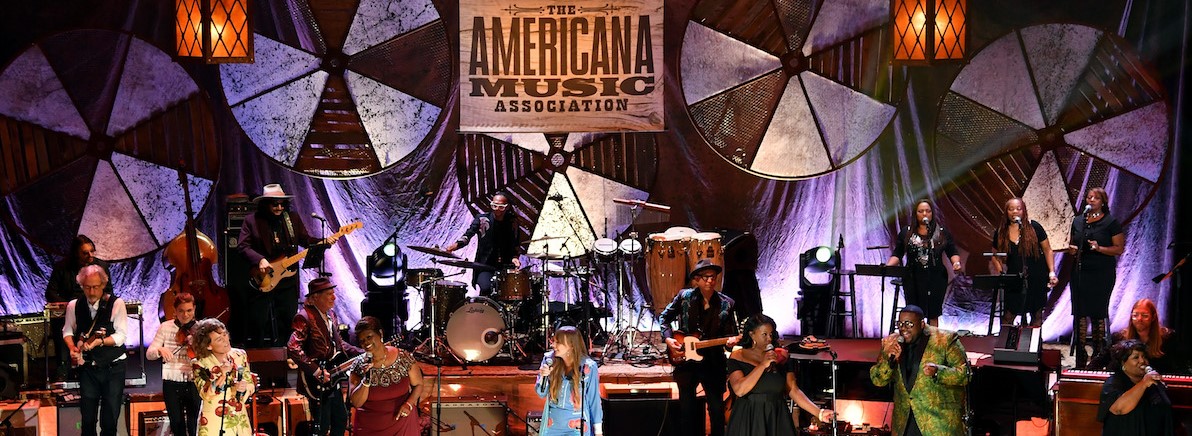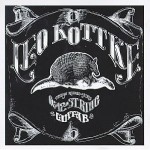
Jubal Lee Young
By Paul T. Mueller
–Any family is lucky to count one fine singer-songwriter among its members. Rarer still is the family with two, and lucky is the audience that gets to see them play, separately and together, in the same show. Such was the happy fate of the fortunate few dozen in attendance at Heights Presbyterian Church in Houston when the legendary Steve Young and his son, Jubal Lee Young, came to town.
Jubal Lee opened the show, part of a series held in a smallish church meeting room with an excellent sound system. His 35-minute set drew heavily from 2009’s The Last Free Place in America. Jubal Lee’s writing has a tendency toward humor, was evident in the album’s title track, a Woody Guthrie-inspired tribute to an asylum, and in the rowdy party anthem “Uh, Let’s Go!” But the man knows his way around a weeper too – lost love in “More Than Anything,” new love in “Falling for You,” and just driving away in “Why Does It Always Rain?” Through all of it, Young seemed loose and at ease, throwing in a little banter between the songs.
Steve Young took the stage almost immediately after his son’s set wrapped up. Still in fine voice as he nears age 70, he spent the next hour and 20 minutes showing how he earned his reputation as one of the most underrated (and underappreciated) singer-songwriters and guitarists in the business. His set included both his own songs – including “The White Trash Song, ” a loving ode to his family in Georgia, and his reworking of the traditional “Little Birdie”– and covers, including “Lawdy Miss Clawdy,” “Tobacco Road” and “That’s All Right, Mama.” His guitar playing on the latter combined strumming and picking in a way that recalled Leo Kottke.
After a break in which both Youngs mingled with fans and the audience enjoyed a staffer’s birthday cake – a switch from pie, the usual Heights Live intermission fare, father and son returned to the stage to play a few songs together. They opened with a nicely picked “Silverlake,” a valentine to a Los Angeles neighborhood Steve once lived in. “Seven Bridges Road,” Steve Young’s biggest hit, followed – but, as he noted, not in the upbeat style of “the famous people” (read: The Eagles) who covered it. “This is the way I wrote it,” he said before giving a solemn, almost mournful performance, backed by Jubal Lee’s droning bass lines and vocal harmonies.
They picked up the pace with a lively rendition of “Lonesome, On’ry and Mean,” featuring some nice acoustic soloing by Jubal Lee. That slow/fast pattern was repeated with “Heartbreak Girl” and “Neon River,” Jubal Lee’s tribute to Houston that drew a big ovation. After ending the set with the love-and-violence-themed “Switchblades of Love” and an Appalachian ballad featuring Jubal Lee’s guitar and harmonica, the pair returned for an encore – “Gonna Find Me a Bluebird,” the Marvin Rainwater hit from the late ‘50s that Steve Young covered on his first album, Rock Salt and Nails, back in 1969.

Steve Young

 By Marv Wells
By Marv Wells